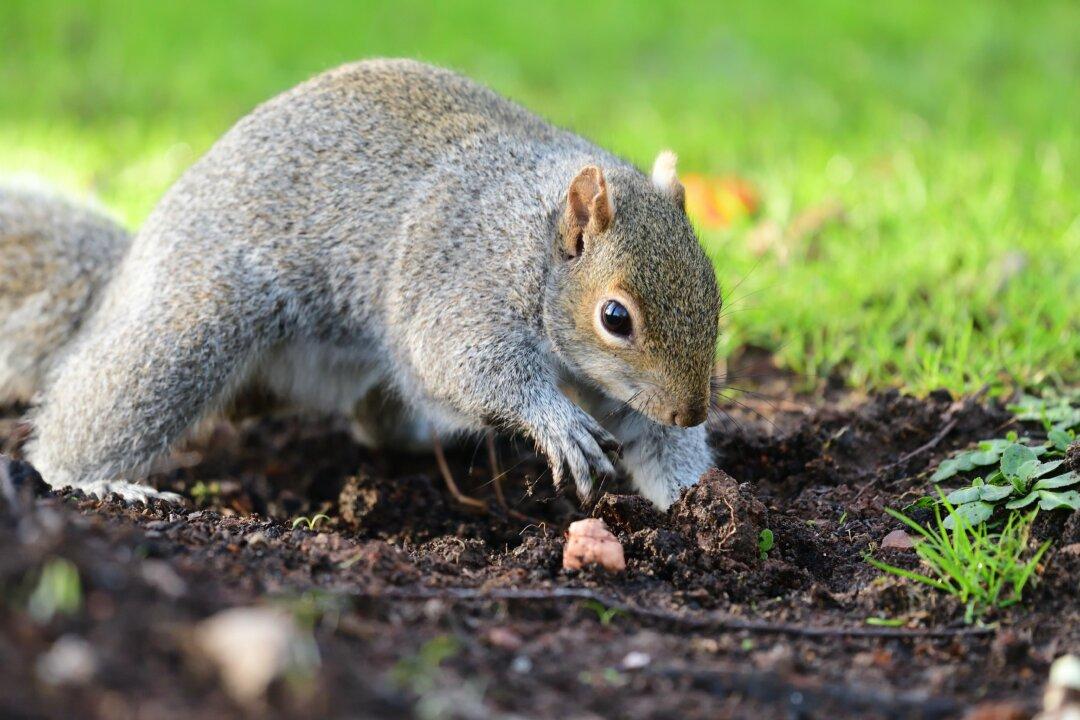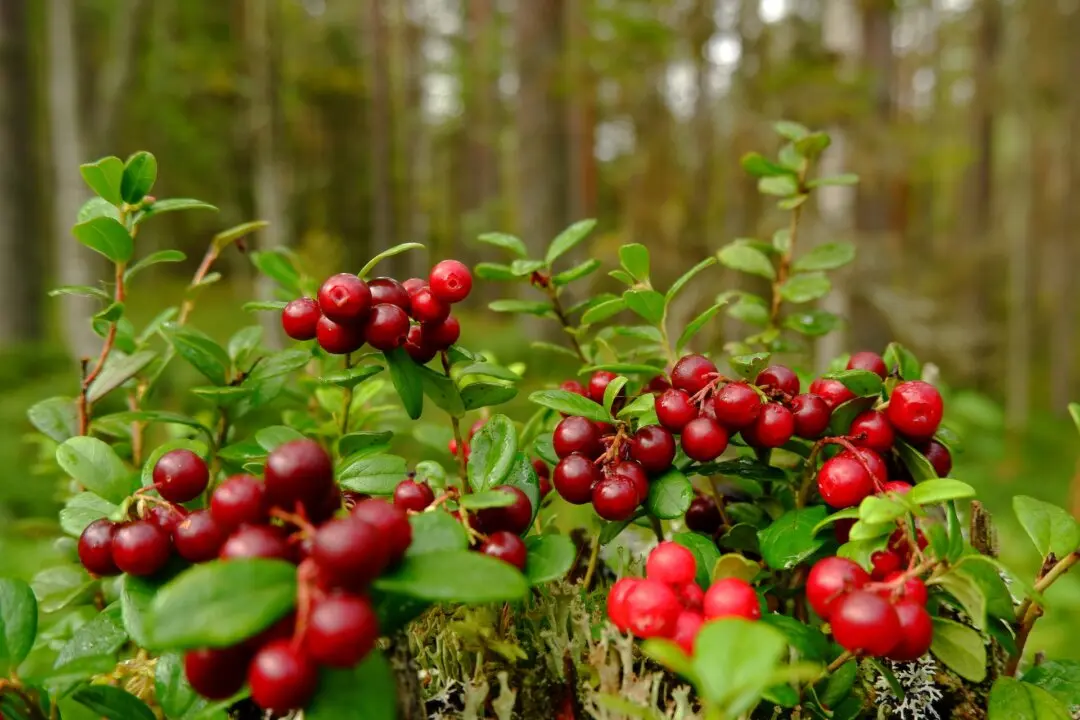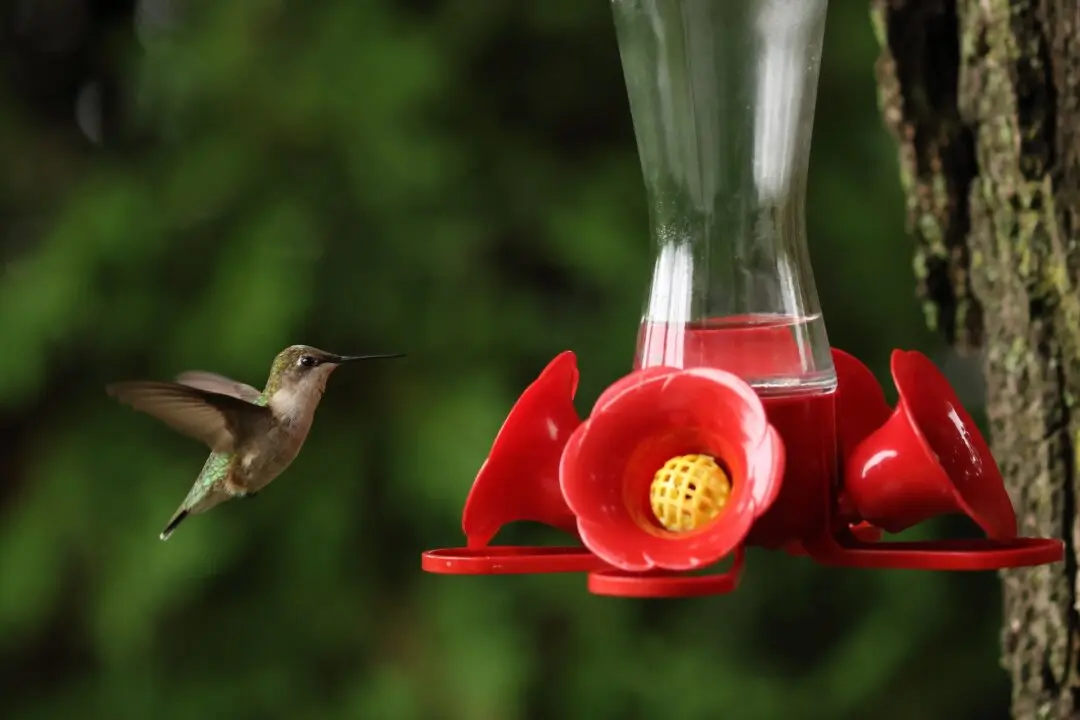Question: Lately, I’m finding small clumps of lawn grass—roots and all—dug out and laying there. The clumps are only an inch or two across. At first, I thought it was a mole or gopher, but I don’t see any tunnel beyond the removed clump. I read that moles prefer areas that have a grub problem, and I did fight grubs last month, but the lifted little clumps are in healthy lawn areas as well.
Answer: Birds and mammals will often dig around in grass as they look for insects. They may dig up some clumps of weakly growing grass, but usually, they just move the grass around and dig in the dirt.





